MG at 100: Driving the English carmaker’s greatest hits
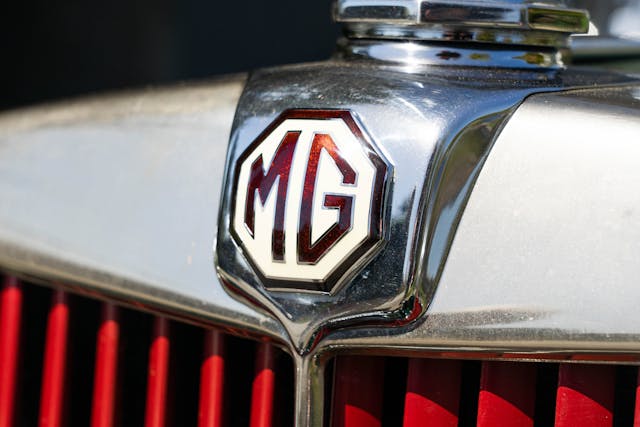
English marque MG turns 100 this year. At that age, the brand has every right to smell a little musty, like a library full of Dickens and Austen. Instead—and even as its current incarnation turns to EVs—the octagonal badge remains all hot metal and sun-warmed leather, perhaps with a dash of oil. The smell, in other words, of vintage machines being exercised.
MGs are drivers’ cars. And yes, they are amateur mechanics’ cars. A 1967 MGB has lived in our family since I was six months old, so I make no bones about the necessity of carrying spares in the trunk on any MG road trip. And some duct tape. And a really large hammer, even if only for threatening a recalcitrant machine. Even so, you hear it from MG owners all the time: “I bought it to drive it.” “I built it for touring.” “I don’t drive it as much as I used to, but here are the photos from when I took it to Florida.”

You can tour in a Bentley or an Aston, of course. More than any other English marque, however, MG flies the flag for the everyman vintage experience. The company’s cars reward and confound and delight and occasionally leave you stranded. They get under your skin and fingernails.
On the 100th birthday of the icon that grew from Cecil Kimber and Morris Garages, what better way to celebrate than actually getting out in a handful of the brand’s greatest hits?
Not the Beginning—But Close
1932–1934 MG J2 Midget
The plucky little J2 Midget set the template for sporting MGs. Plenty of swift and nimble machines had previously issued forth from England’s Morris Garages, but the J2’s recipe would carry the company for the next 20 years. At its 1932 launch, the car was agile, affordable, and fun. It still is.

Our featured example is a 1933 model belonging to Dr. Robert Follows of West Vancouver. Many machines of greater historical significance have passed through Dr. Follows’s hands, but only this J2 reminds him of his youth as a medical student, when he and his roommates cluttered up a side street with all manner of work-in-progress English sports cars.
Naturally, Dr. Follows’s car has been restored to a greater standard than a university student could afford. It’s a lovely thing, period-correct red lacquer shining in the spring sun and not too glossy. The 847-cc four-cylinder bursts into song without stumble, and off down the road this tiny car scoots.
Sold mostly as an open roadster with cut-down doors, the J-Type is infused with MG’s racing heritage. Its overhead-cam engine is fairly advanced for the era, with twin SU carburetors and a crossflow head. Power is slight by modern standards, just 36 hp at 5500 rpm. But then, the J2 only weighs around 1100 pounds. Some magazine tests quoted a top speed of just above 80 mph—others were closer to 60—though the standard cable-actuated drum brakes undoubtedly made excursions to either figure only for the very brave.
Like many sports cars of the era, the J2 was all about preserved momentum—using everything the chassis had, skittering through corners at the limit of those narrow tires. The model was a club-racing favorite in period, its unsynchronized “crash” four-speed gearbox requiring expert handling in order to wring every last horsepower from the engine.
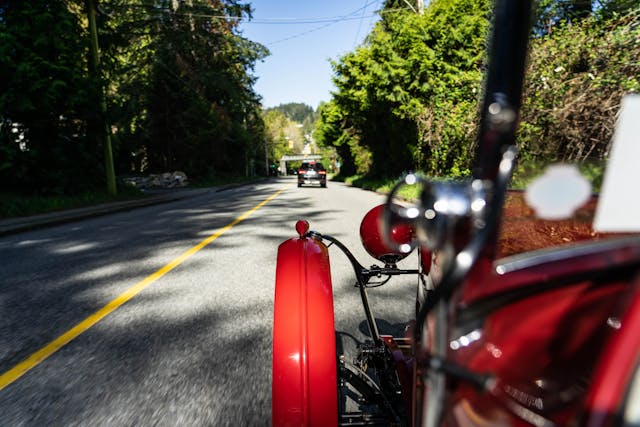
Driving a J2 on today’s streets is like flying a Sopwith Camel around people snoozing in passenger jets. As with air travel, modern machines are more competent, but they’re also sensory-muffling cocoons. The J2 is bugs-in-the-teeth, front-line motoring.
MG built J2s only for three model years, from 1932 to 1934. Happily, however, the company preserved the car’s gleeful driving experience in later models, and into the modern era.
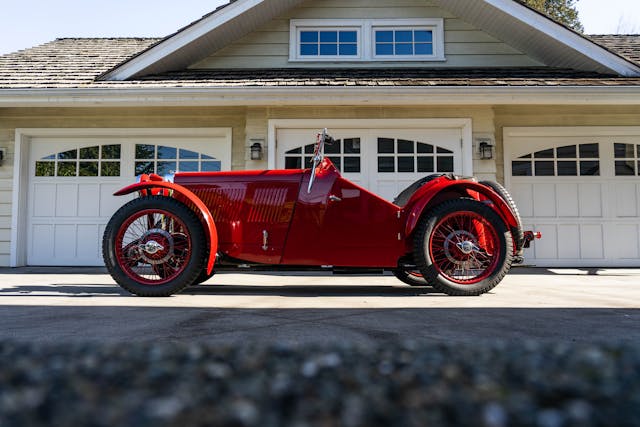
Strength in Numbers
MG TC (1945–1949) Midget
MG TD (1950–1953) Midget
Malcolm Stanton lists off previous British machines he’s owned. “A 1933 MG PA. A Jaguar XJ6 S1. A Tiger Moth . . . ”
Wait. A Tiger Moth? The biplane?
As it turns out, Stanton is retired Royal Canadian Air Force, and so his desire for an MG T-series makes all the sense in the world. This generation of MG Midget, which learned its Ps and Qs from the J2, ran over five letter designations—TA, TB, TC, TD, TF—from 1936 to 1955. (McAleer, that “Ps and Qs” line is a lovely prewar MG pun that maybe five people will get, and your edit staff salutes it. —Ed.) For thousands of people around the world, the T-type was the introduction to MG.

Stanton’s highly original ’48 TC accomplishes the trick in a quick lap around the block, galvanizing a flock of elementary-school children out for a walk. The youngsters goggle and murmur. “Nice car!” one yells.
A T-series looks like something out of a Richard Scarry Busytown book. It has a friendly bug-eyed face, sweeping separate fenders, and classic proportions. Compared to looming modern crossovers, it looks like something an anthropomorphic rabbit would speed around town in. (“Oh hello, Sergeant Murphy, what seems to be the problem?”)
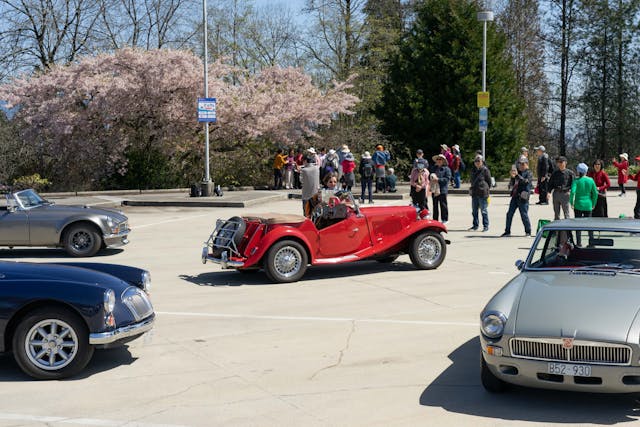
The T-series, primarily the 54-hp TC, is largely credited with America’s postwar sports-car boom. A decades-long import wave of British sports cars, from the late 1940s to the middle 1970s, began with returning GIs shipping used MGs across the Atlantic on their way home. A majority of the T-series built were exported, specifically across the Atlantic, where they found favor for their blend of charming anachronism, quirky yet sporting behavior, and ease of repair.
The 54-hp TD, released in 1950, was the TC idea updated—improvements included swapping the latter’s solid front axle for independent suspension, and its wear-prone steering box for a rack-and-pinion arrangement. In many ways, the TD feels far more conventional to drive. Allan Donaldson’s first-year example still carries an air of biplane, but it stops and goes with aplomb. You get to play out your Nigel Shiftright fantasies while tootling around in a car at least as competent in traffic as an air-cooled Volkswagen Beetle.
Donaldson notes the camaraderie of his local pre-1956 MG group, a club-within-a-club of MG owners, as part of the joy of TD ownership. “And when I drive it, you always see people smile.”
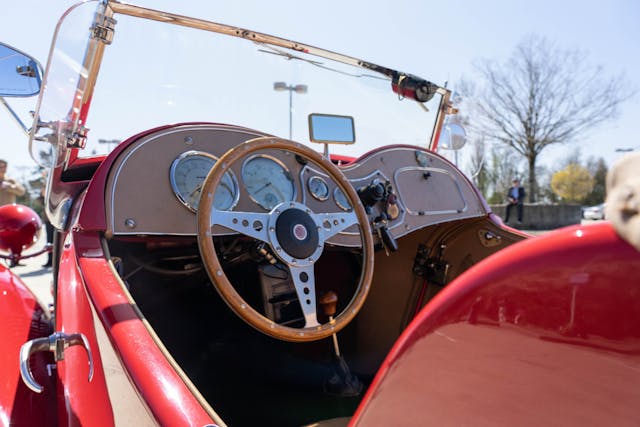
Curves, Hips, and a New Line
MGA (1955–1962)
Gathered at Queen Elizabeth Park in the center of Vancouver, our assortment of MGs was promptly mobbed by tourists. At first, the situation was a bit annoying—clean photography was virtually impossible. But the excitement that these cars can still produce neatly emphasized how the marque’s relatively common offerings were, and are, just as special as rarer breeds.
The 68-hp MGA 1500, introduced in 1955, was the first properly modern MG. Gone were those separate, sweeping fenders and the wooden body frame, replaced by a stout steel chassis and a steel body with aluminum skins on the doors, trunklid, and hood. Gone too was the prewar-born, pushrod, cam-in-block four-cylinder, replaced by a more efficient and more powerful pushrod four of postwar design. The MGA began life with 1489 cc but was later offered with a 1588, a 1622, and even a twin-cam head.
By the mid-1950s, even the most modern T-series, the TF, felt long in the tooth, a sort of tweedy cosplay paying tribute to a vanished time. The A charted an entirely new course.
Low-slung and streamlined, an MGA remains one of the prettiest cars to come out of the UK. Owner Steve Kaufman always had a fondness for the Jaguar E-Type; the MGA, he says, appeals in a similar way. He’s right—but where you expect the E-Type to be beautiful because everyone has been saying as much for decades, the MGA’s good looks kind of sneak up on you.

Kaufman’s sapphire-blue 1960 example is his fifth MGA. He’s put 53,000 miles on the clock in just a few years of ownership. A previous MGA took him on a near-complete circumnavigation of the United States. Driving in tandem with another ‘A, the only fault observed was a failing generator. Thousands of miles were traveled with no other issues.
Kaufman’s car is smooth and torquey, a leap in refinement over any T-series. But it’s also compact and nimble, light on its feet and capable of whipping up considerable breeze in the cabin. The power, suspension, and brakes are modern enough to provide confidence when setting out on a road trip, but the combination still feels special enough to make any road trip seem like a proper adventure.
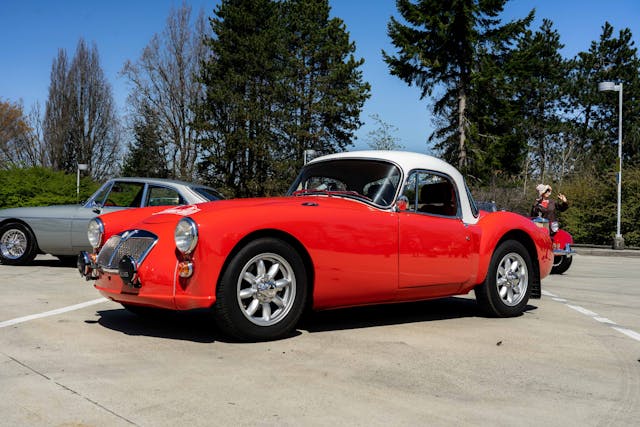
The MGA has considerable pedigree in both rally and road-racing competition. The platform is still a favorite among vintage racers, sturdy and well understood. At our little gathering, Peter and Anne Tilbury brought along the latter’s rally-tribute red-and-white MGA. (Peter has an MGA, too.) The pair rattle off all sorts of East Africa Safari Rally insight, and they have fitted the car with period-correct stopwatches and a rare Halda trip meter.
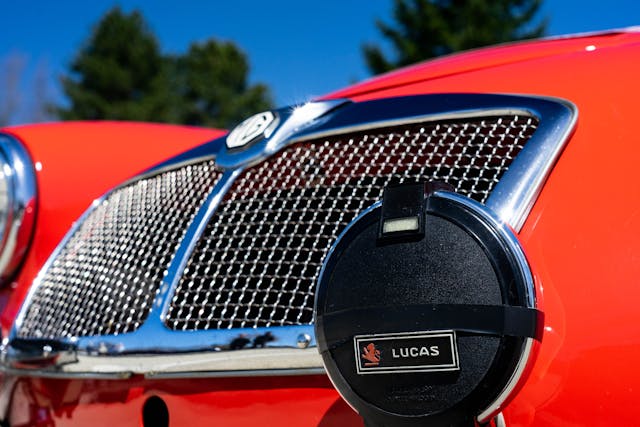
B for Basic, Balanced, Best-Selling
MGB (1962–1980)
MGB GT (1966–1974)
MGB V8 (1973–1978)
The MGB, offered through the years in several flavors and discontinued in 1980, was the last gasp for MG in North America. At least officially—the federal goverment allows for personal importation of later MGs so long as the car is at least 25 years old.)
Think the T-series had a long run over that five-letter era? The B also lasted nearly 20 years on sale. By the end of that run, federal safety and emissions regulations had morphed the car into a high-riding, low-powered, rubber-bumper version of its former self. (That said, perhaps the marketing department missed a trick by not calling it MGB Dakar? MGB Raptor? Hold that thought: We’ll be measuring under the hood for engine swaps in a minute.)
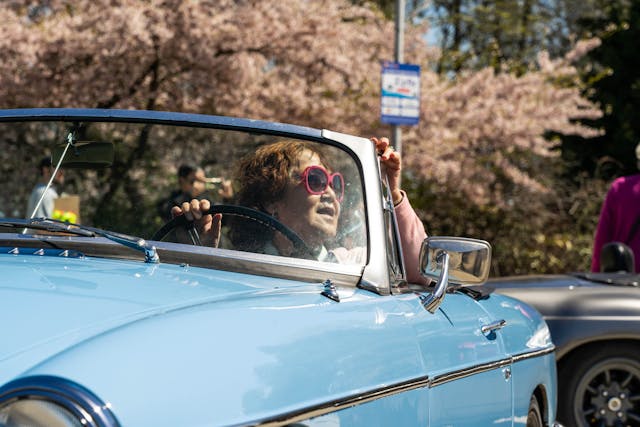
Take a gander at Eric Hutton’s Iris Blue 1965 MGB, a class winner at a local car show. This is the B as it was meant to be, in its earliest and simplest form, a great-looking roadster with an enlarged, 1.8-liter version of the MGA’s four-cylinder. Progress from A to B was evolutionary rather than revolutionary, but that was kind of the point. With early Bs, the main change came in looks and the lack of a separate chassis; the MGB was MG’s first unibody car.
Having spent many hundreds of miles behind the slightly floppy vintage Bakelite wheel of an MGB, I can report that it’s one of those cars whose personality develops as you spend time with it. This isn’t a fiery Alfa Romeo Spider or some steely-eyed BMW—it’s a budget-oriented British roadster engineered with thrift and assembled with occasional indifference. Owning a ‘B and keeping it running inevitably requires ironing out some of the kinks.
Which is part of the fun! Most of the time! MGBs respond best when an owner has put in the time to crawl around and underneath, and to go through the parts catalogue. Which you don’t get in a Toyota Camry, but then, no one has ever written an internationally famous pop song about a Camry. Rush’s “Red Barchetta” was inspired by a Road & Track story written about a 1967 MGB.

This is the experience of owning a more precious vintage machine, just more accessible. Charles Boname’s 1969 MGB GT, the factory coupe model, underlines the point twice. Painted Silver Birch over a crimson interior, it’s absolutely stunning. Boname jokes that the car is his take on a poor man’s Aston Martin, but there’s nothing poverty-spec about his build. The BGT was styled in part by Italian design house Pininfarina, and it looks the equal of other grand tourers from that name.
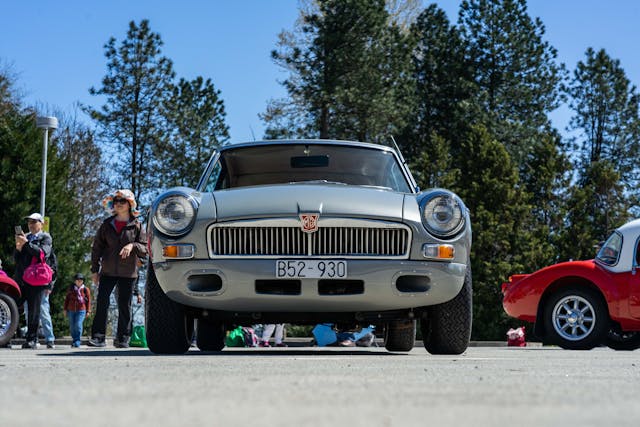
And then there’s Simon Austin’s 1977 MGB, a home-brewed salute to the rare factory V-8 variant. Like those cars, Austin’s MG wears a 3.5-liter Rover V-8, but he’s added widebody fenders inspired by six-cylinder factory MGC racers. MG never offered V-8 Bs in North America, but Austin’s what-might-have-been creation sounds and looks fantastic. It thunders down the road with a very un-MG surfeit of power while remaining a very pleasant cruiser.
You wouldn’t think of doing a swap like that with an E-Type roadster. But that’s the fun of an MG—the company made a lot of cars, most of them aren’t precious, and you can probably afford one. For a hundred years, that badge has been installed on machines that are what you make of them, that become part of adventures, that remind owners of their youth.
Any MG, no matter how humble, lands that rarest of automotive attributes: It is common and uncommon at the very same time.
***
Vancouver’s annual All-British Field Meet will pay tribute to MG’s centenary with more than 100 MGs in attendance. It will be held Saturday, May 20th.
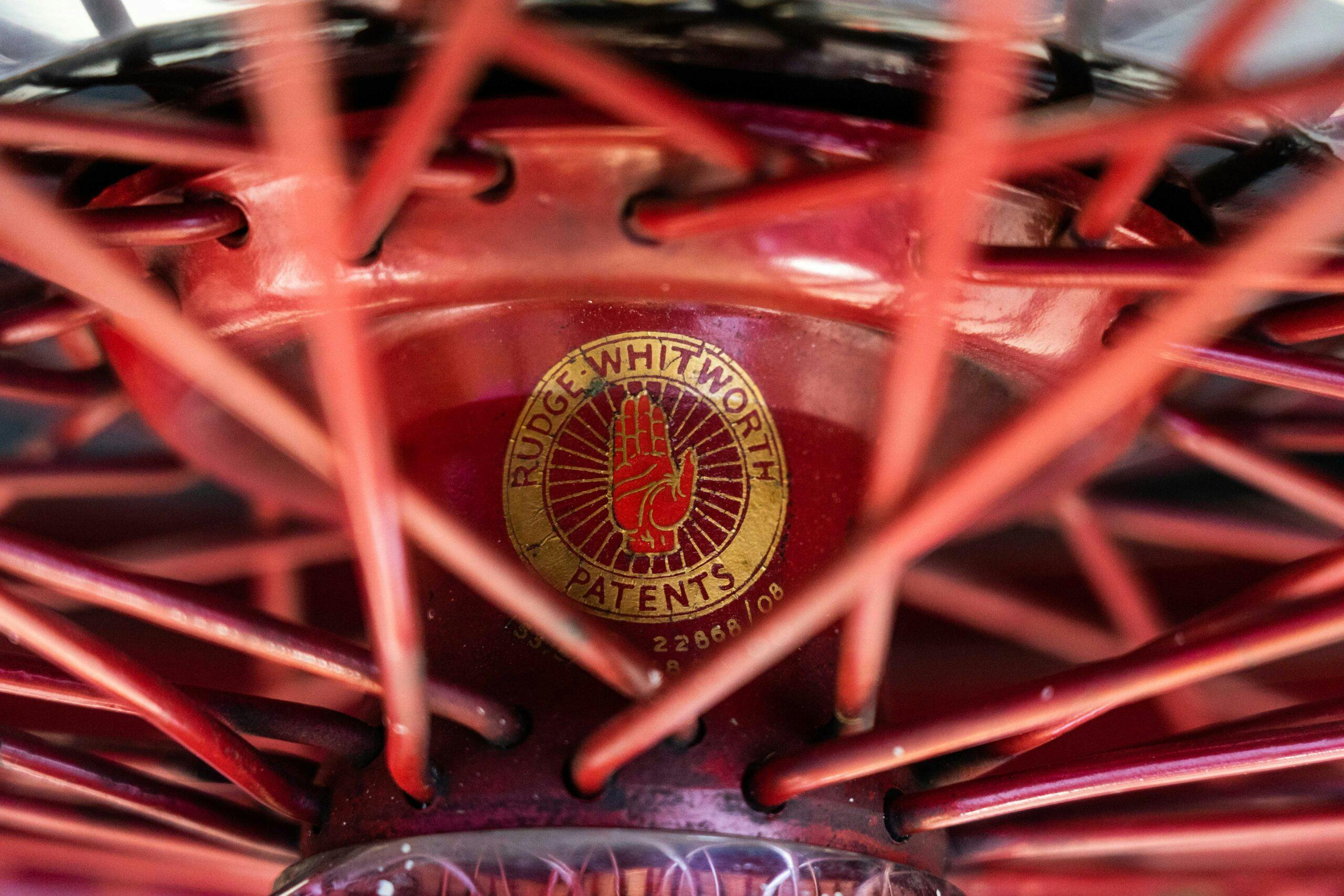
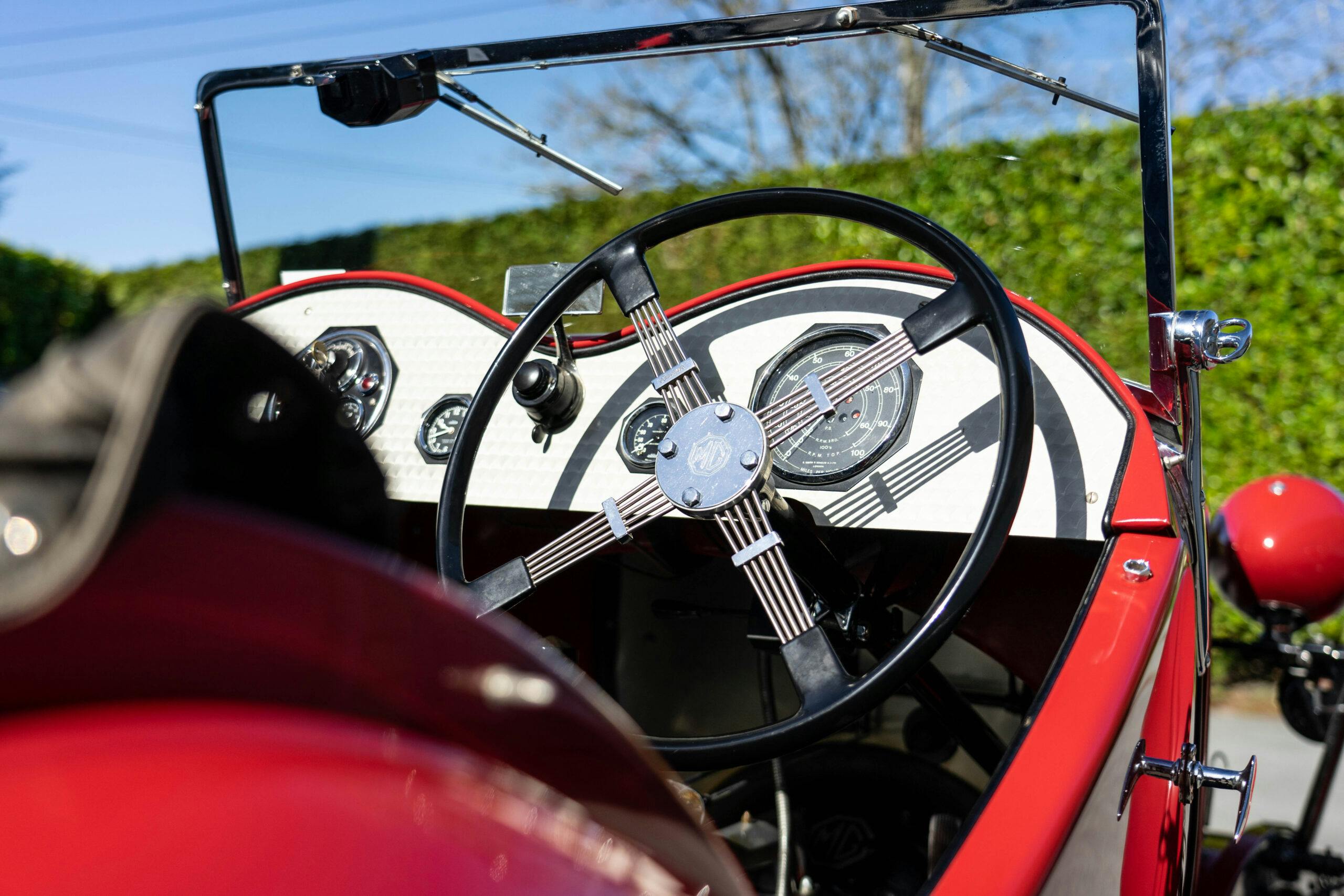

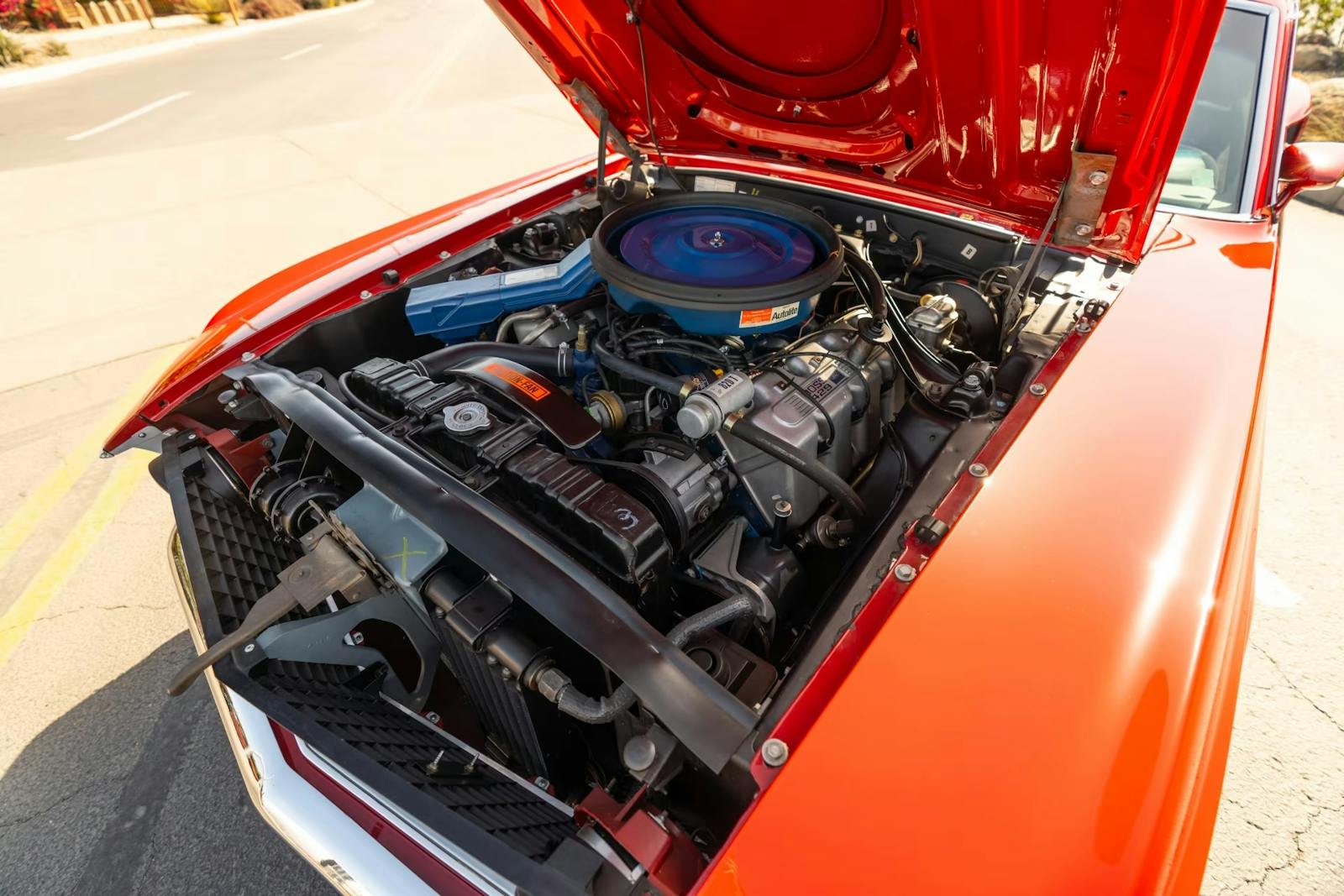
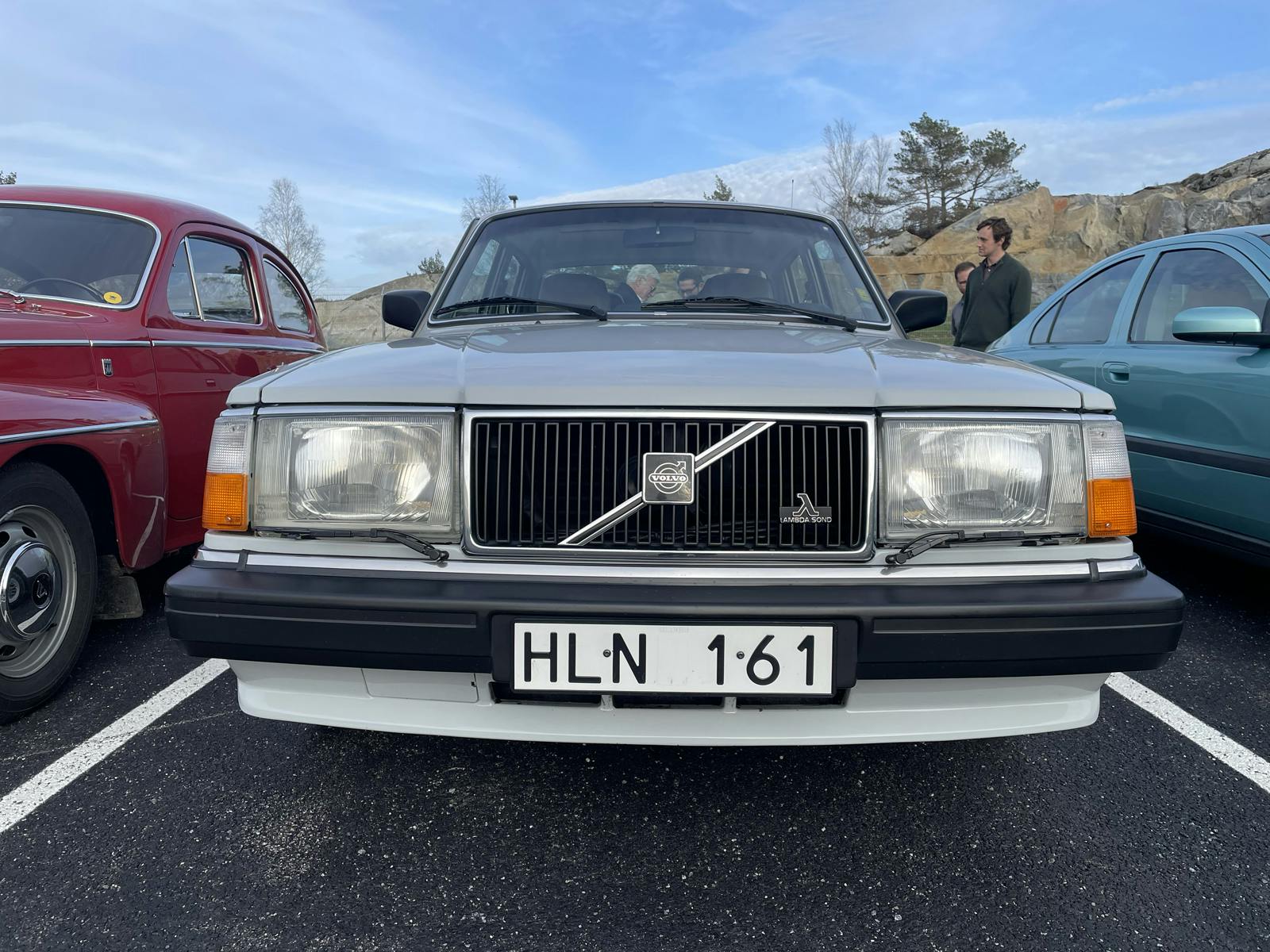
Brendan, You still have not corrected that the ZA Magnette and its ZB and ZBV versions were the first unibody cars built by MG some 9 years prior to the B first rolling off the production line. Are you one of those non-believers that think MG never made a 4 door sedan? Check out Stirling Moss’s sister, Pat and her racing exploits in a Magnette.
What, no MGC? The rarest and coolest of them all: an inline six in an MGB. What not to like? Same reason I loved my ’68 TR250 (aka TR5 outside the US). Inline six in a TR4, one year only.
My first real sports car was a 65 MGB. I bought it in upstate NY in 1975. It was rusty in all the typical places. I also paid a paupers sum of $250 for it.
It was a great car. We drove it all over New England. Had it stolen n Boston and managed to get it back a couple of days later minus most of the exhaust that must have been ripped off by a pot hole hit.
To this day, and many cars later, I still refer to it as the best $250 POS I ever owned.
I had an A after that and just never could warm up to it. Everyone needs to experience the MG legacy.